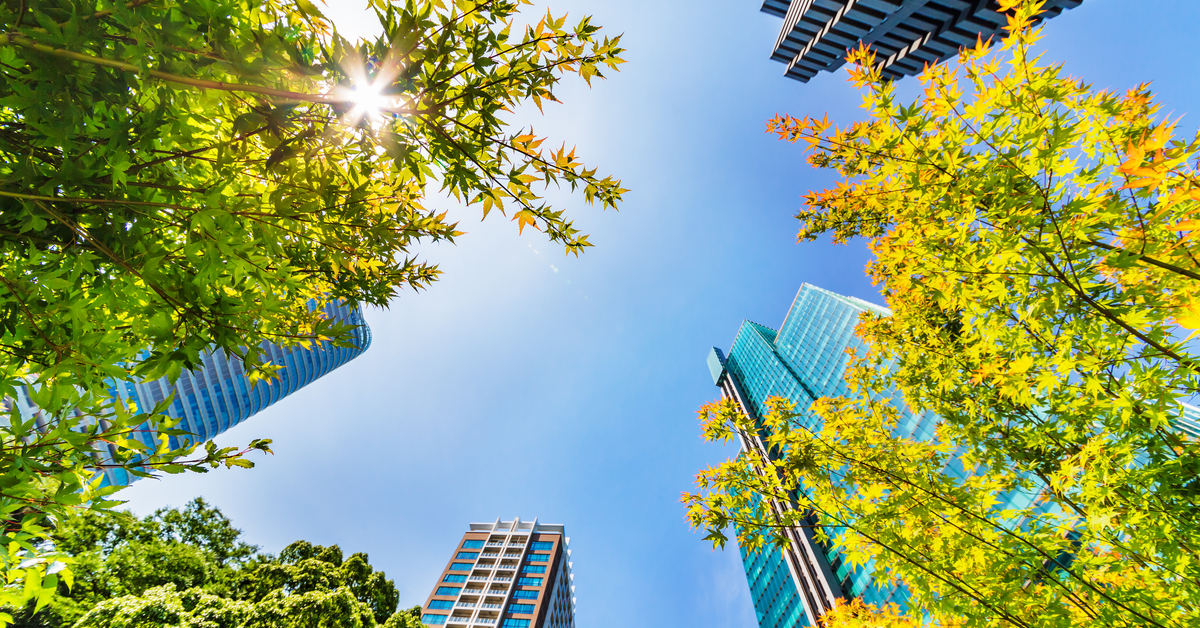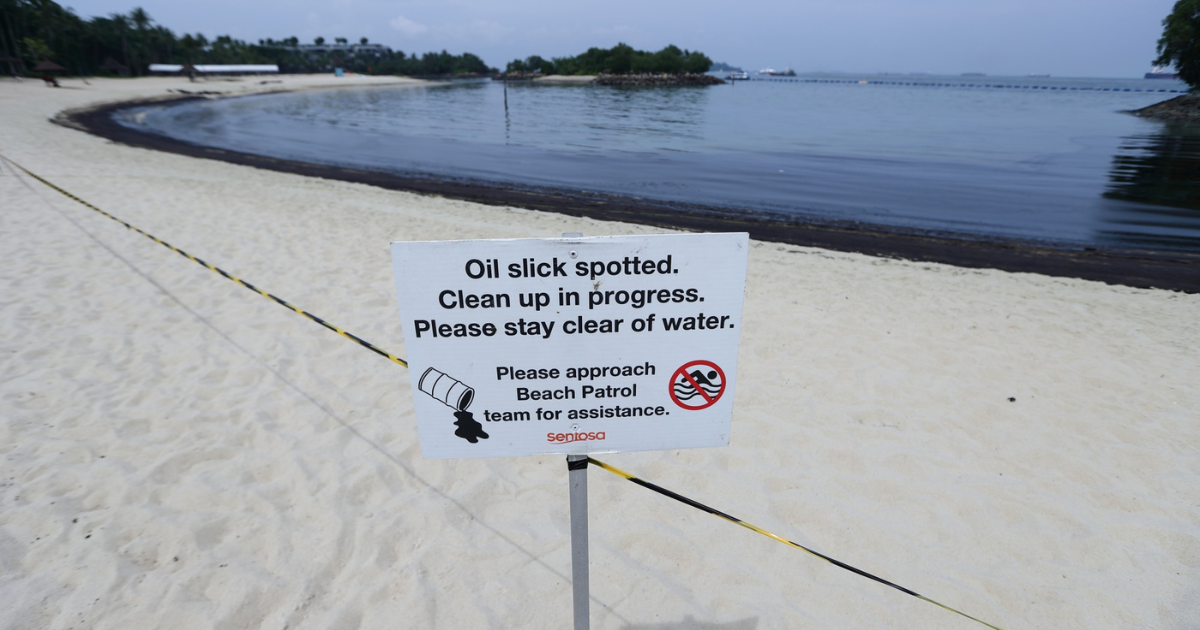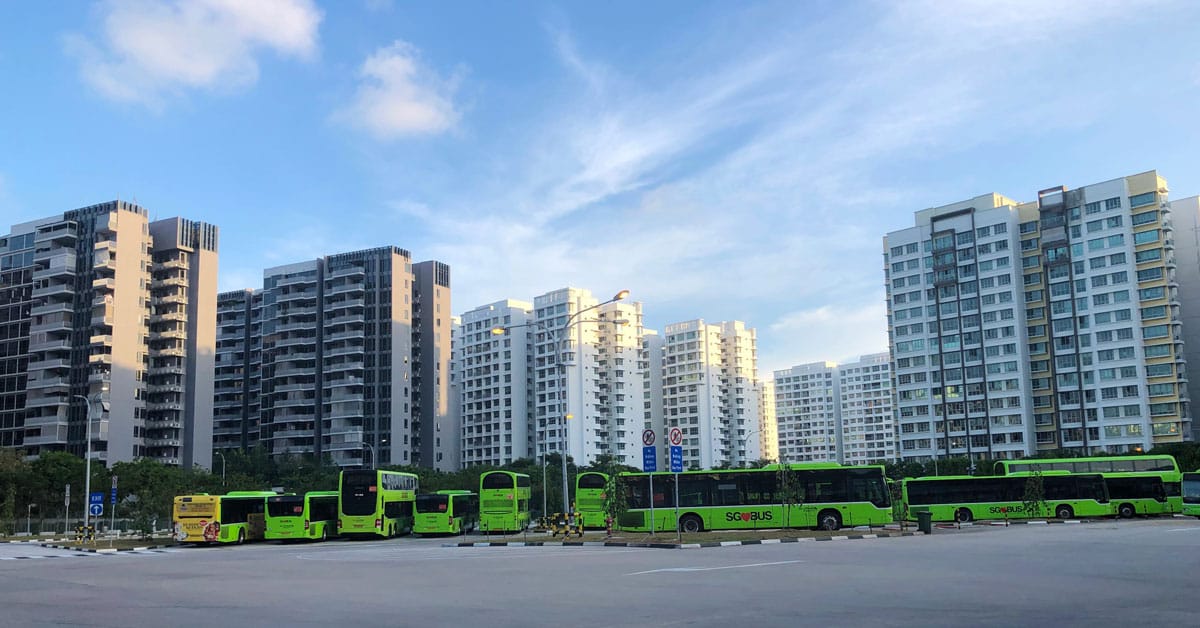With the recent hot weather, you might think that Singapore is experiencing a heatwave.
Fortunately, we are not experiencing a heatwave yet. Unfortunately, this means that when a heatwave inevitably comes, it is going to be far worse than this.
Here’s why Singapore is getting hotter and hotter every day.
Not A Heatwave, But Expect Weather To Get Warmer and Drier
A heatwave occurs when the daily maximum temperature is at least 35°C for three days straight. The daily mean temperature also needs to be at least 29°C.
According to the reports by the Meteorological Service Singapore (MSS), we are not currently experiencing a heatwave. However, we are still expecting warmer and drier weather for the next two weeks.
So yes, you can feel like you’re melting now, and take solace in the fact that it is about to get worse.
Such warm weather was to be expected, since April and May are usually the hottest periods of the year.
This is because May is just past the spring equinox, meaning that the sun is almost directly overhead at noon in Singapore. Additionally, as it isn’t the monsoon period, weaker surface winds won’t be able to blow the heat away.
But other factors are also in play for this rise in temperature.
Climate Change, Urban Heat Island Effect
As climate change increases global temperatures, we should expect even higher temperatures.
This is coupled with the strong urban heat island effect from Singapore’s built-up areas, which stores heat during the daytime and releases it at nighttime.
But don’t despair, as a heatwave probably won’t strike us this month. It is forecasted to rain occasionally in the next two weeks, which can lower the average temperatures and cool us down.
Warmer Days and Nights Since 50 Years Ago
According to climate scientists that spoke to CNA, we can expect temperatures to keep rising in the future.
Over the past seventy years, our annual mean temperatures have been rising at an average rate of 0.25°C per decade.
Additionally, we are having around 12 more warm days and nights per decade, compared to 50 years ago. On the other end of the spectrum, we have two fewer cool days, and nine fewer cool nights per decade in the same period.
It seems like we will have to get used to increasing temperatures, as climate change and urbanisation sets temperatures soaring.
Featured Image: taka1022 / Shutterstock.com



